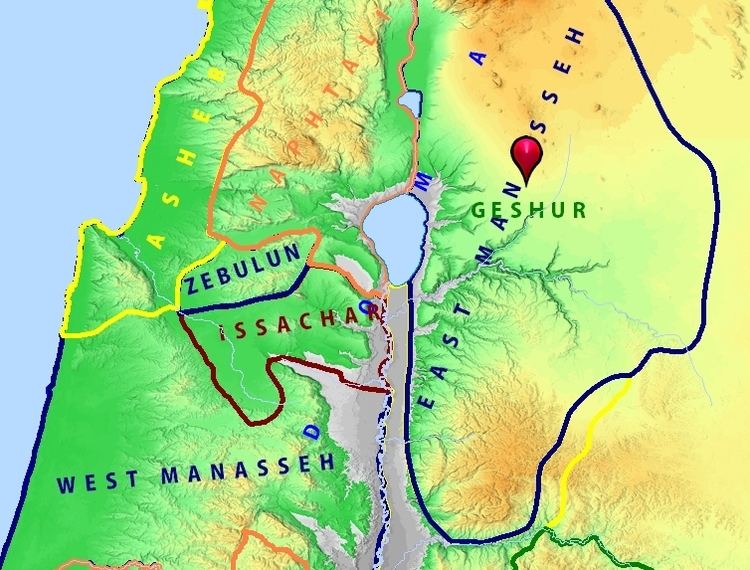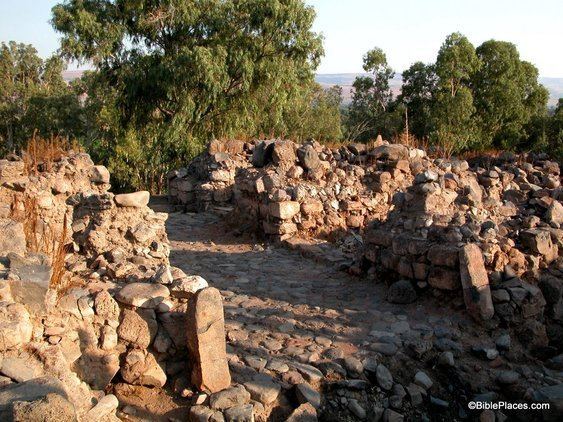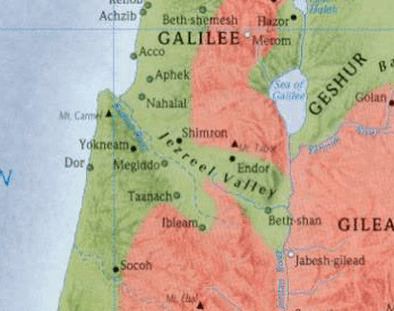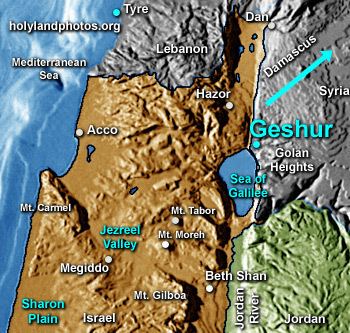 | ||
City gate at geshur and bethsaida
Geshur was a territory in ancient Levant mentioned in the early books of the Hebrew Bible. One of the Amarna letters may contain a possible mention of Geshur.
Contents
- City gate at geshur and bethsaida
- Bethsaida a biblical city in the land of geshur a roman city the site of jesus two miracles
- Hebrew Bible
- Location
- Capital at et Tell
- References

Bethsaida a biblical city in the land of geshur a roman city the site of jesus two miracles
Hebrew Bible

The Bible describes it as being near the Bashan, adjoining the province of Argob (Deuteronomy 3:14) and the kingdom of Aram or Syria (2 Samuel 15:8; 1 Chronicles 2:23). According to the Bible, it was allotted to the half-tribe of Manasseh which settled east of the Jordan river, but its inhabitants, the Geshurites, could not be expelled (Joshua 13:13).

In the time of David, Geshur was an independent Aramean kingdom, and David married Maachah, a daughter of Talmai, king of Geshur (2 Samuel 3:3, 1 Chronicles 3:2). Her son Absalom fled to his mother's native country after the murder of his half-brother and David's eldest son, Amnon. Absalom stayed there for three years before being rehabilitated by David (ib. 13:37, 15:8). By the 9th century BCE the kingdom of Geshur had disappeared from history.
Location
Geshur is identified with the area stretching along the eastern shore of the Sea of Galilee and reaching south up to the Yarmuk River. Israeli archaeologists are holding this view and therefore place Geshur in what is now the southern Golan Heights.
Capital at et-Tell
Archaeologists tend to agree that the capital of the kingdom was situated at et-Tell, a place later made famous under the name Bethsaida by the important position it takes in the New Testament. Imposing archaeological finds, mainly the Stratum V city gate, date to the post-Geshurite 8th century BCE, but there are indications, as of 2016, that the archaeologists are close to locating the 10th-century, that is: Geshurite, city gate as well.
